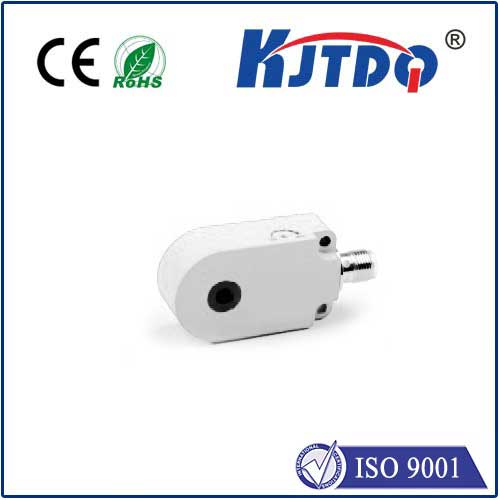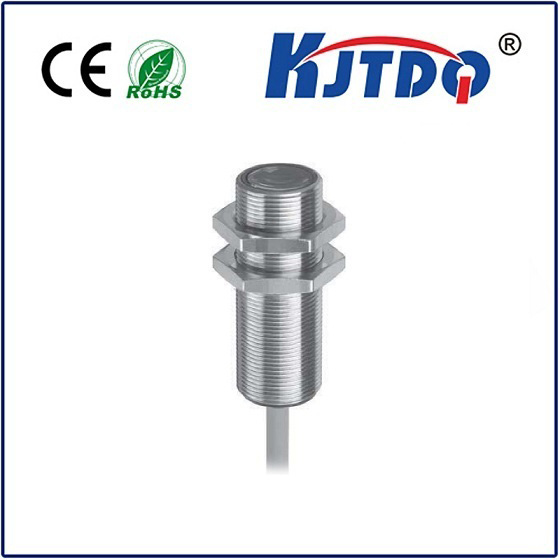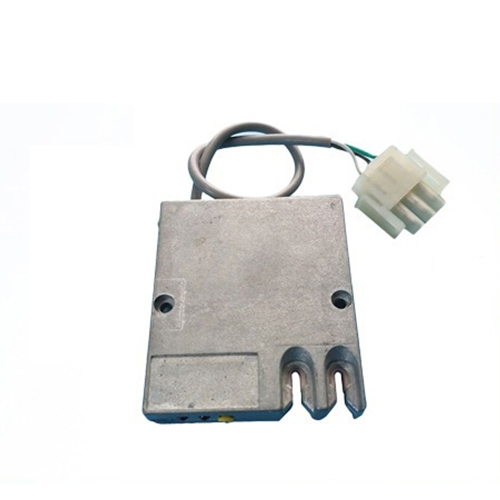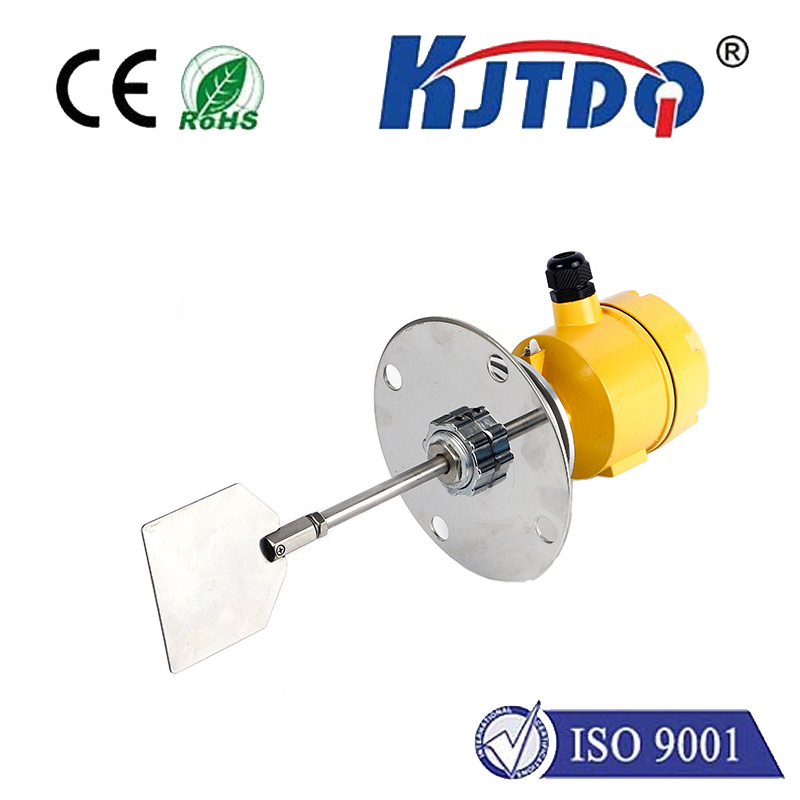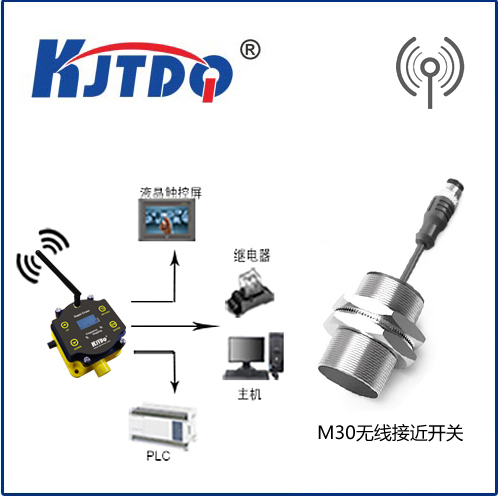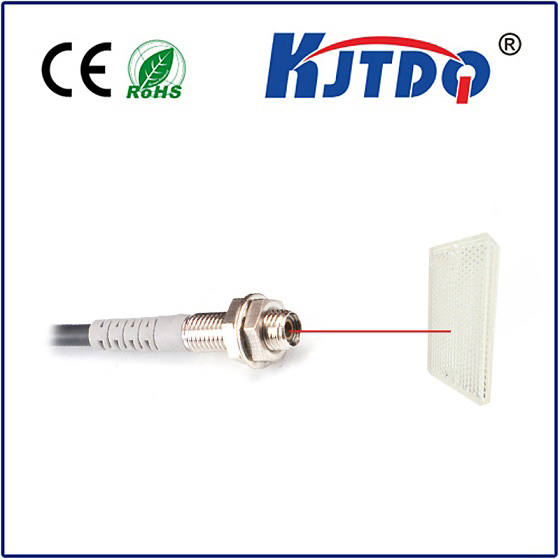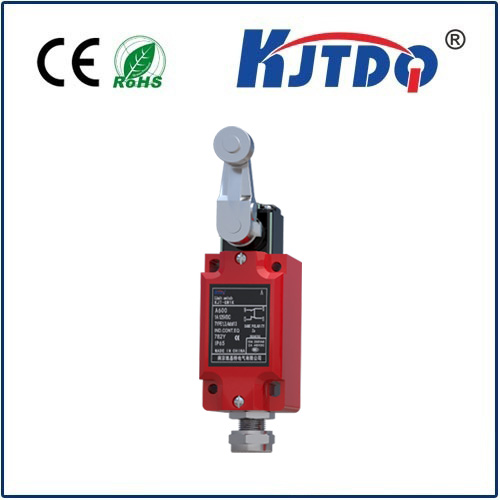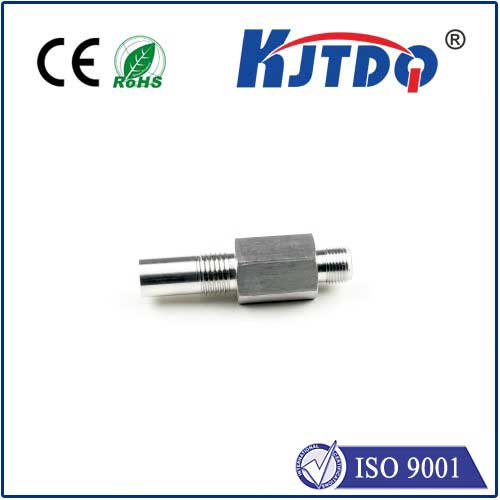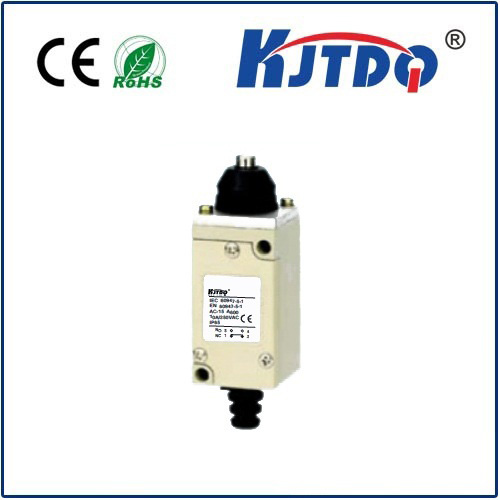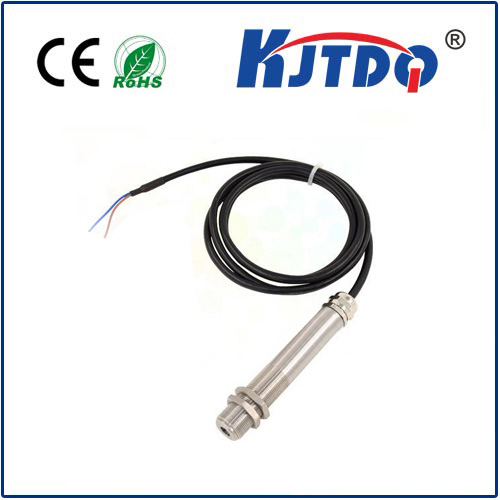

check

check

check

check

check

check

check

check

check

check
High Temp Inductive Proximity Sensors: Revolutionizing Industrial Automation
As industries continue to evolve and embrace automation, the demand for reliable and efficient sensors has increased significantly. High temp inductive proximity sensors, in particular, have gained immense popularity due to their superior performance and durability. These sensors are designed to operate in extreme temperatures, making them ideal for use in harsh industrial environments. In this article, we will explore the features and benefits of high temp inductive proximity sensors and how they can revolutionize industrial automation.

Firstly, high temp inductive proximity sensors are constructed using advanced materials that can withstand high temperatures up to 230°C or even higher. This makes them suitable for applications such as metal processing, glass manufacturing, and cement production where high temperatures are common. The sensors are also designed to resist corrosion and wear, ensuring long-lasting performance even in the most challenging conditions.
Secondly, these sensors offer unmatched accuracy and repeatability. They utilize inductive technology to detect the presence of metallic objects without any physical contact. This non-contact sensing method eliminates the risk of damage or contamination that can occur with traditional contact sensors. Moreover, high temp inductive proximity sensors can detect objects at distances ranging from a few millimeters to several centimeters, providing greater flexibility and adaptability to different industrial processes.
Thirdly, high temp inductive proximity sensors are highly versatile and can be easily integrated into existing automated systems. They come in various shapes and sizes, including M12, M18, and M30 threaded models, allowing for easy installation and maintenance. Additionally, these sensors feature multiple output options such as NPN or PNP switching, making it simple to connect them to control systems like PLCs or other automation devices.
Lastly, high temp inductive proximity sensors provide significant cost savings by reducing downtime and extending equipment lifespan. Their ability to operate in high-temperature environments means fewer replacements and repairs are needed compared to conventional sensors that may fail under extreme conditions. Furthermore, because they offer accurate detection capabilities, they help optimize production processes by reducing waste and improving efficiency.
In conclusion, high temp inductive proximity sensors are essential components for modern industrial automation systems. Their ability to withstand high temperatures, provide accurate detection, and seamlessly integrate into existing systems make them an invaluable asset for businesses looking to improve productivity and reduce costs. As technology continues to advance, it is evident that high temp inductive proximity sensors will play a crucial role in shaping the future of industrial automation.
